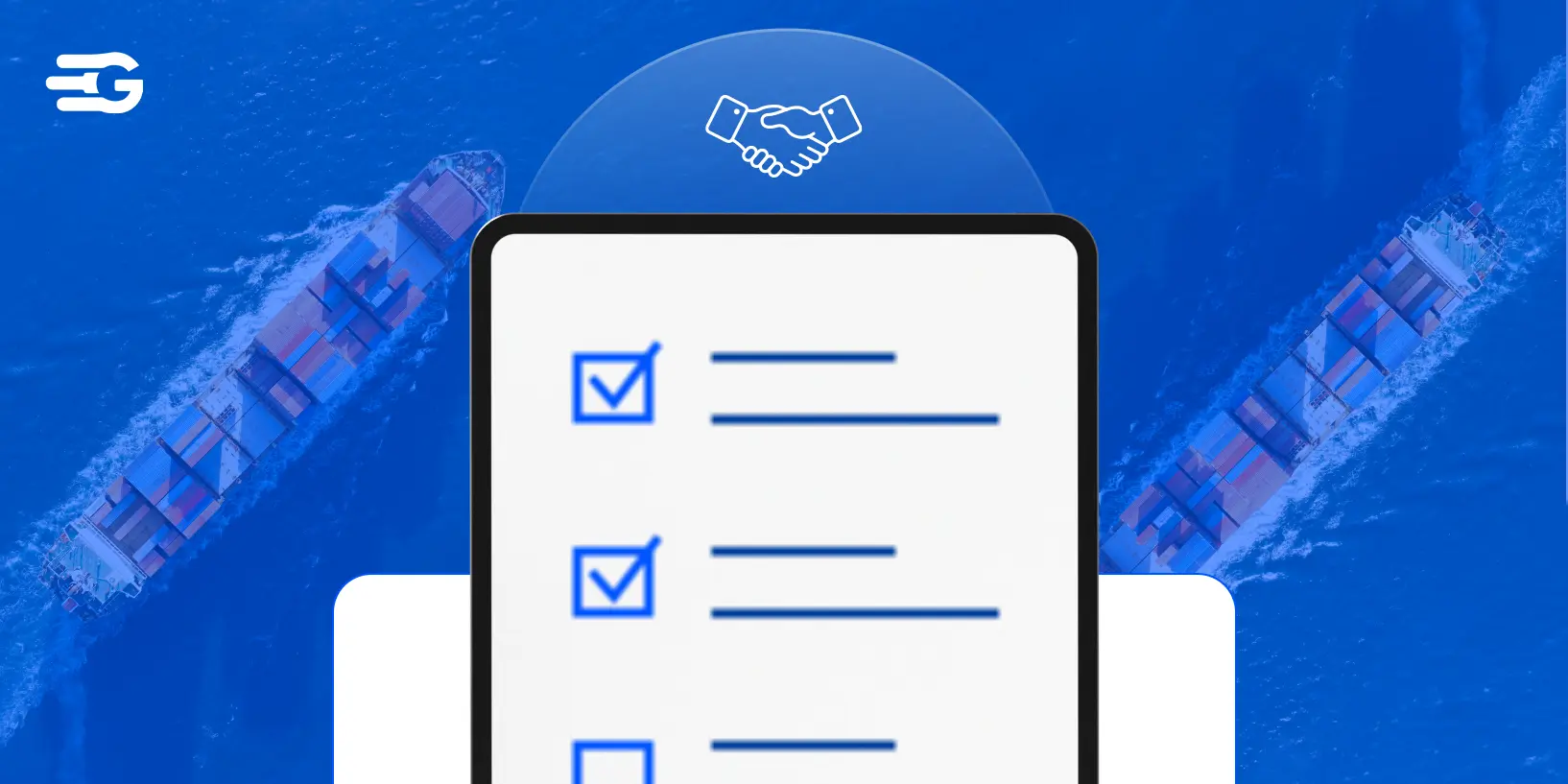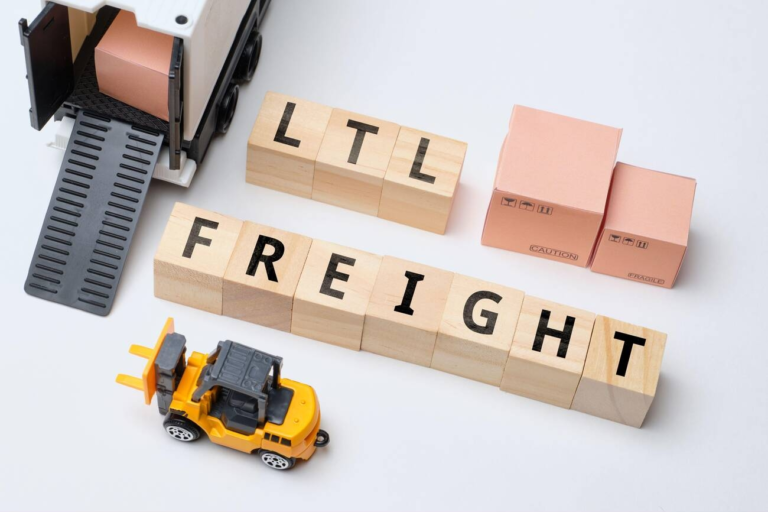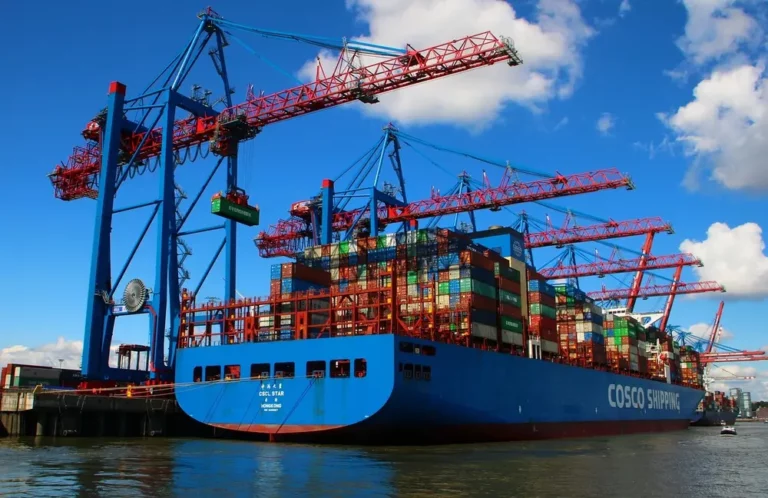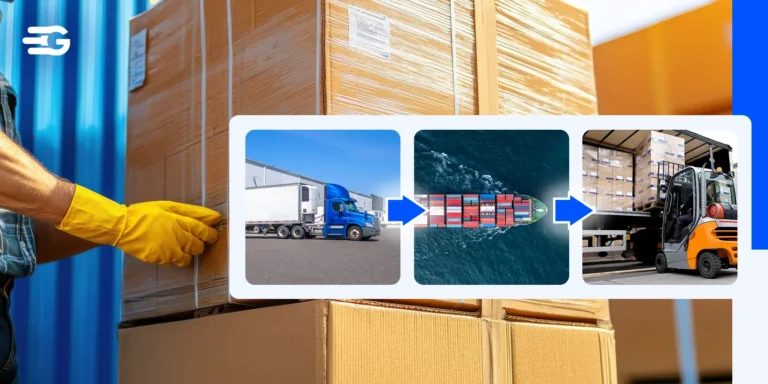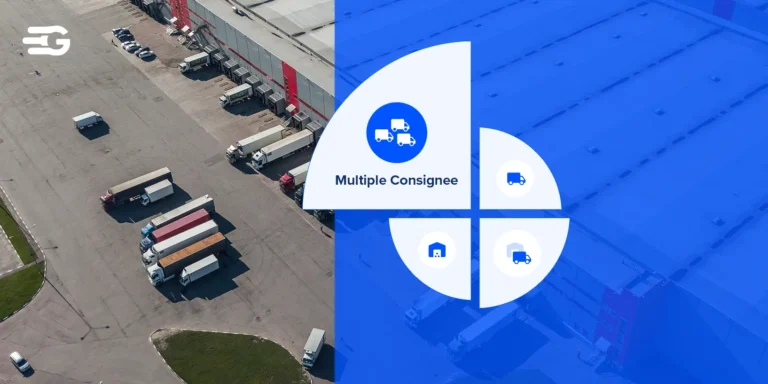Best Practices for Vendor Collaboration in Import-Export Logistics
Import-export logistics runs on coordination. But when vendors are involved — freight forwarders, customs brokers, transporters, warehouse partners — that coordination gets tested. One delay, one missed update, one misaligned document, and the entire chain feels it. That’s why vendor collaboration in logistics is a core part of making global trade work without constant firefighting.
And yet, many companies treat vendor relationships as transactional. They optimize pricing but not the working relationship. That’s where most inefficiencies begin. In this blog, we’ll break down the key benefits of strong vendor collaboration and share practical best practices you can implement to avoid breakdowns, reduce costs, and move faster, all without losing control.
Benefits of Strong Vendor Collaboration
Vendor collaboration in logistics isn’t just about staying in touch. It’s how you build a supply chain that actually holds up under pressure. Things move smoother when vendors act like true partners instead of just people you pay. You start seeing patterns earlier. You waste less time firefighting. You get more done with less effort.
It’s the kind of setup where you’re not always reacting. You’re ahead of things. That’s the edge businesses need when trade spans borders, and delays can snowball fast.
- Improved Supply Chain Visibility and Transparency
This is the first big win. When vendor collaboration in logistics is strong, you don’t operate in silos. Everyone gets access to updates as they happen. Not through 20 emails. But through clean systems or fast conversations.
You can see what’s happening with your shipment. If there’s a delay, you know about it before it becomes a problem. If documents are missing, someone’s already working on it.
- Aligned Goals Lead to Cost Optimization
When vendors understand how your business runs, they start thinking about you. That’s when costs begin to drop without you even forcing it.
For example, if they know you’re trying to avoid warehouse holding costs, they’ll adjust their timing or plan better routes. The more aligned the goals, the more you cut down on back-and-forths and surprise expenses. It adds up.
- Faster Resolution of Operational Issues
Stuff goes wrong. That’s normal. Containers get held up. A form gets filled in wrong. But the faster you catch it and solve it, the less damage it does.
Good vendor collaboration in logistics means you don’t need to chase five people. You’ve got channels open. People respond fast. And they actually want to fix the issue because they care about the partnership. Things get sorted quickly. No one waits around.
- Better Flexibility During Disruptions
There’s always something. Maybe a port is backed up. Or a customs rule changes overnight. These things hit harder if you’re not working closely with your vendors.
But when the collaboration is solid, your vendors are already thinking ahead. They don’t just report the problem. They’re offering options: air instead of ocean, shifting to a nearby port, or pushing the shipment a day early. That flexibility only shows up when the relationship is built on trust and clear communication.
Best Practices for Vendor Collaboration:
Most vendor relationships fall apart not because people are bad at what they do, but because the setup is broken. Poor communication, unclear roles, no feedback loops, that’s what creates friction.
We’ve based our best practices to avoid those bottlenecks. Let’s start.
- Clear Communication
This one’s basic but still where most problems start. You need real-time communication. Not scattered messages across apps. Not once-a-week catchups.
Set one channel for updates and one system for document sharing. Let vendors know when you expect responses. Be specific, not vague. That alone can reduce delays and confusion. Vendor collaboration in logistics thrives on clarity, not guesswork.
- Contract Clarity
Get the scope right from day one. Define what’s expected, what isn’t, who handles what, and how performance will be reviewed. Good contracts remove ambiguity.
This avoids the classic “we thought you were handling that” problem. And it saves everyone time during disputes. Vendor collaboration in logistics works best when everyone’s on the same page, legally and operationally.
- Performance Metrics and Accountability
If vendors don’t know how they’re being measured, they can’t improve. Set clear KPIs, delivery timelines, documentation accuracy, and responsiveness. And actually review them together, not just when something goes wrong.
This builds accountability without tension. It also helps you spot patterns early, maybe a vendor’s fine during normal seasons but drops performance during holiday surges. You can only fix what you track.
- Collaborative Problem-Solving
Don’t just escalate. Collaborate. When something breaks, involve the vendor in the fix. Ask what went wrong on their side, share what happened on yours. Map it out together.
This builds mutual respect. Over time, vendors get more proactive. They’ll bring up issues before you even notice. That kind of dynamic turns vendor collaboration in logistics into a long-term asset, not a constant liability.
- Transparency in Process and Data
If you want vendors to deliver well, they need context. Share what matters. For e.g., shipment priorities, delivery constraints, seasonal spikes. Don’t gatekeep the data and expect perfect output.
Transparency builds trust. And trust brings better effort. Vendors start making smarter decisions on your behalf, without needing handholding every time.
- Continuous Feedback and Recognition
Most companies only talk to vendors when there’s a problem. That’s short-sighted. Feedback should flow both ways. If something worked well, say it. If something’s off, flag it early.
Vendors also notice when they’re treated with respect. Even a simple acknowledgment can go a long way. Over time, this builds loyalty, which shows up in better execution, especially when things get messy.
- Use of Technology for Integration
Trying to manage everything over Excel or WhatsApp? That breaks fast. Use digital platforms that keep everything in one place: shipment tracking, documents, invoicing, performance history.
This isn’t just about speed. It’s about reducing human error. It also helps vendors feel like they’re part of a structured process, not just being pinged randomly. The stronger the tech backbone, the more stable your vendor collaboration in logistics becomes.
How GoComet Facilitates Vendor Collaboration
Even with the right intent, vendor collaboration in logistics falls apart when the systems are scattered. That’s where GoComet steps in. It brings everything under one roof, from real-time shipment tracking to automated document sharing and vendor performance dashboards. There is no need to jump between emails, spreadsheets, and status calls.
What makes it click is that the platform isn’t just built for your team. It’s built for vendors, too.
- Notifications go out automatically.
- Delays trigger alerts.
- Every stakeholder stays updated without chasing updates.
It makes coordination smoother, faster, and far less stressful. Vendor collaboration in logistics becomes something that runs in the background, not something you need to manage daily.
Essentra, a global manufacturer, improved vendor collaboration in logistics using GoComet’s tools by cutting delays, improving payments, and driving 4.34% freight savings.
Conclusion
Vendor collaboration in logistics only works when everyone’s on the same page. GoComet helps make that possible. From live shipment tracking to automated updates and performance dashboards, it keeps both your team and your vendors aligned without constant follow-ups.
When processes run through one platform, there’s less confusion, fewer delays, and more control. If you’re serious about tightening operations and building stronger vendor relationships, book a quick demo and see how GoComet can help.
